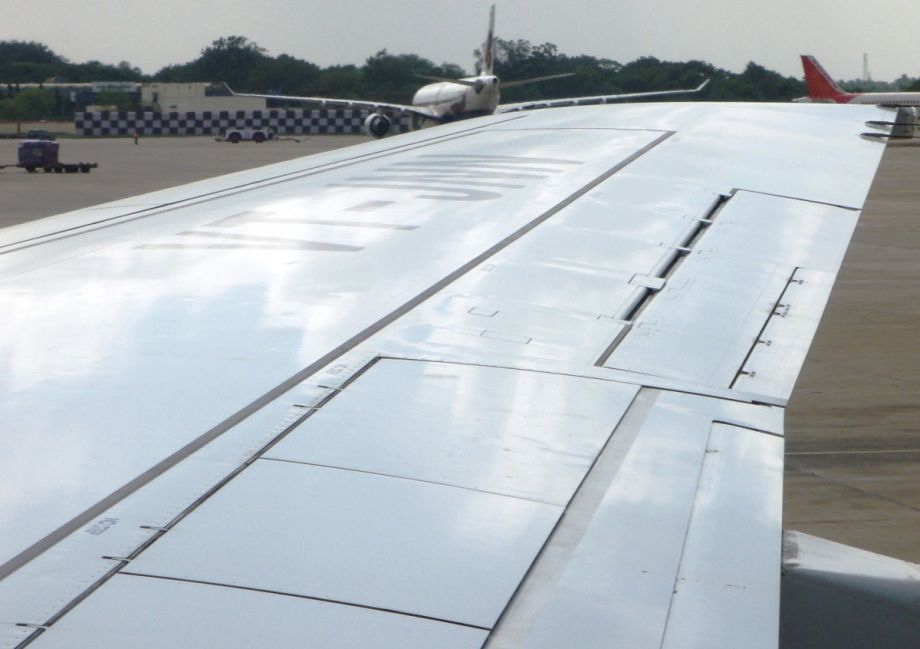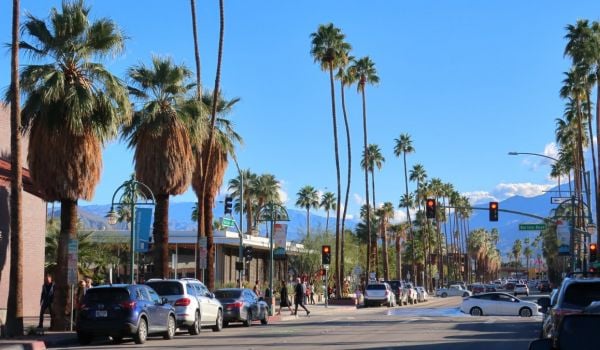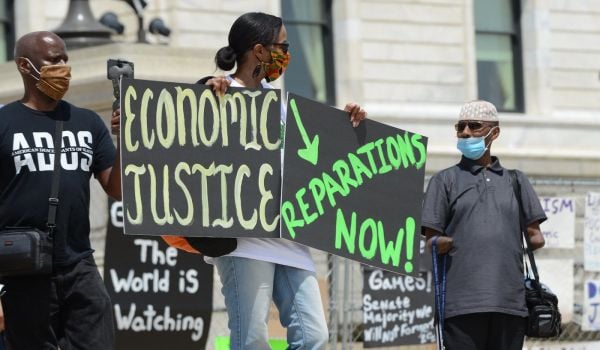With EPA oversight promised but not yet enacted, the U.S. aviation industry continues to bleed CO2 at a rate unmatched by any other country.
The city of Santa Monica, California (population 92,000) can’t fix that. But according to elected officials and at least one academic paper, it can regulate pollutants from its small municipal airport, a former military production base surrounded on three sides by residential neighborhoods.
But municipal rule-making is a no-no where city-hopping aircraft are concerned according to the National Business Aviation Association (NBAA). It’s a tussle resembling the oil train bans I covered last year, when mayors in Richmond and Oakland forbade the so-called “rolling pipelines” full of Bakken crude within their borders only to be (predictably) bested by the federal Department of Transportation — the agency with final say over countrywide ground transportation.
Unlike that chapter of cities vs. the fed, though, Santa Monica actually has a fighting chance (at least, according to Santa Monica) because of one unique circumstance: It owns the airport. And the two sides generally agree on one thing — if the beachside city is successful, it could set a precedent for municipal governments nationwide.
This isn’t the city’s first declaration of regulatory authority. The Santa Monica Airport, or SMO, sits just 200 feet from some homes. It shares a chain-link fence with a playground. The land around the airport was zoned residential to accommodate Douglas Aircraft Company employees after the manufacturer moved there in 1929.
Now, however, most of SMO’s neighbors don’t work there — but they do hear business jets coming in and taking off, and breathe in lead particles from piston engines (the model of most private planes). From a partially successful ordinance banning jets in the 1970s to an unsuccessful declaration that it would close the airport in the 1980s, city government, fueled by unhappy neighbors, has struggled to steer operations at SMO for decades. (Complicating matters, it’s also taken grants from the Federal Aviation Administration, or FAA, weakening its regulatory claim in the eyes of the national agency).
On October 27th, Council voted 6-0 to try again. It would begin developing a cap on all pollutants generated at the airport, including greenhouse gases. It also voted to end the sale of leaded fuel to piston engines. The EPA has reported relatively high lead concentrations around the airport because of the many pistons taking off and landing on SMO’s 5,000 foot runway.
“Local government’s clear responsibility is the safety of local residents, and the airport is an emissions-spewing aircraft carrier in a sea of homes,” Santa Monica Mayor Kevin McKeown says, via an email.
The facility also challenges the city’s emission reduction target of 80 percent below 1990 levels by 2050, he says.
“The airport has long been a vexing exception to our local climate action plan, because it appeared the FAA and EPA had jurisdiction over aircraft emissions, not us,” he says. “Despite the FAA’s assertion that they and the EPA rule aircraft, we own the land on which the airport is sited, and as operator of the airport have decided to exercise our proprietary rights to make changes on the ground to reduce damage in the air.”
That decision, according to the NBAA, isn’t the city’s to make.
“The regulation of emissions under the Clean Air Act [falls] under the jurisdiction of the federal government through EPA,” says Steve Brown, COO of the NBAA.
Lon Sobel is a professor at UCLA School of Law with a background in aviation law. He’s also a pilot who uses SMO. He agrees with Brown, adding that while the city does have some regulatory power over the airport as a landlord (it could say, for example, that combustibles shouldn’t be kept on the premises), that power essentially ends on the ground.
“The regulation that has to do with airplane and helicopter use is done at the federal level,” he says.
“If you have different requirements at different airports — like when they’re open, what kinds of fuels you can buy and emissions specifications, which have to do with the kinds of engines and the kinds of fuels being burned — you can’t necessarily take every plane to every airport,” Brown says.
But even though those planes are part of a national network, they still spew emissions that city residents breathe. According to a 2006 paper from the Frank G. Wells Environmental Law Clinic, also based at UCLA School of Law, the city does have some authority over issues of local health because it owns the airport.
“Even without the agreement of the FAA, the City as proprietor would be justified in taking steps to ensure that the local environmental impacts of jet operations, including air emissions, do not reach levels that constitute a nuisance to local residents,” the paper’s conclusion states.
Whether the city will be successful remains to be seen. In a statement released on October 30th, the NBAA warns that it is “considering appropriate actions to respond to the council’s decision to ignore its legal obligations.” If it does manage to enact lasting policy, though, other small, municipally owned airports may follow its lead.
“All over America there are cities that have allowed developers to build homes right up to the edge of the airport and the people in those homes now complain about noise,” Sobel says. “So if those cities see that Santa Monica has finally discovered a tool for essentially shutting down the airport, namely pollution control, they’ll say ‘fantastic’ and they’ll use the same tool.
McKeown, the city’s mayor, sees this possibility as a positive.
“The aviation industry may correctly be concerned that Santa Monica will set precedents for other cities to intervene when their residents’ health is at risk, or when greenhouse gas emissions threaten climate change,” he says. “But it’s about time city operators took a sober, science-based look at how to reduce the impacts of local airports.”
The Works is made possible with the support of the Surdna Foundation.

Rachel Dovey is an award-winning freelance writer and former USC Annenberg fellow living at the northern tip of California’s Bay Area. She writes about infrastructure, water and climate change and has been published by Bust, Wired, Paste, SF Weekly, the East Bay Express and the North Bay Bohemian
Follow Rachel .(JavaScript must be enabled to view this email address)

















